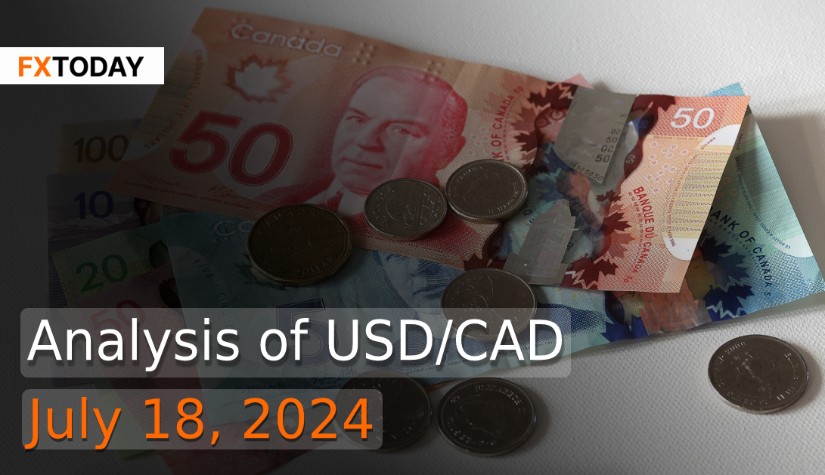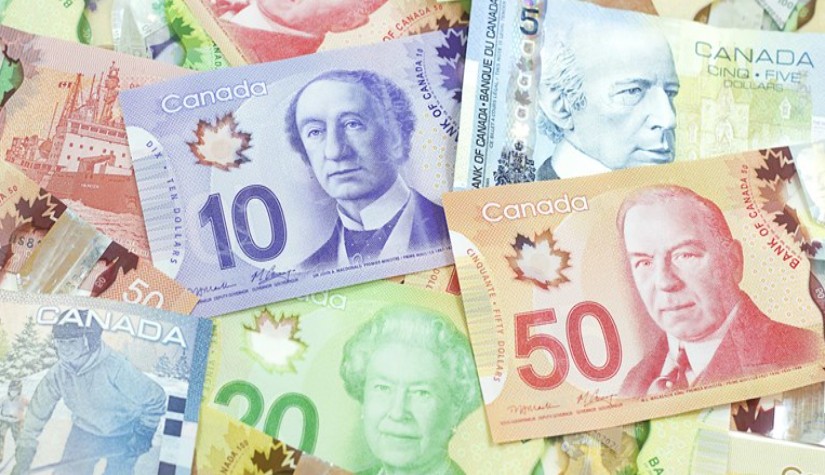IMF Highlights Modest Growth in Canada Amid High Inflation and Global Economic Uncertainty
The IMF reported that Canada's economy has achieved a "soft landing," meaning high interest rates have successfully curbed inflation without causing a recession. While economic growth has been positive but modest, inflation has stayed within the central bank's 1-3% target range, though it remains near the upper limit.
Global economic projections indicate modest growth due to slowing activity in the U.S., recovery in Europe, and strong consumption and exports in China. The IMF's Article IV report, based on annual discussions with member countries, noted that immigration has supported GDP growth despite declining per capita income. The report revised Canada's GDP growth forecasts slightly upward for 2024 and 2025 to 1.3% and 2.4%, respectively, with inflation expected to settle around 2.5% this year and 2% next year. Last month, the BoC made its first rate cut in four years, reducing the rate by 25 basis points to 4.75%. Further cuts are anticipated to be cautious and data-dependent.
The recent decline in consumer prices has increased expectations for another BoC rate cut, potentially offering relief to homeowners and indebted businesses. June's inflation rate dropped to 2.7%, lower than forecasted, supporting predictions for another 25 basis point cut on July 24.
Canada's real estate market, particularly in Toronto, is under stress. Rising inventories and lagging sales signal potential defaults or price corrections. Many homeowners face higher mortgage payments as their low-rate mortgages from five years ago come up for renewal. Despite this, many are hesitant to lower asking prices, exacerbating the market's strain. In June, Canadian home sales rose slightly from May but were down 9.4% year-on-year.
On Wednesday, the U.S. dollar fell to multi-month lows. Market confidence that the U.S. Federal Reserve will cut interest rates in September amid a slowing economy contributed to the dollar's decline.
The Federal Reserve's Beige Book highlighted slower economic growth across multiple districts and anticipated slower growth over the next six months due to factors like the upcoming election, geopolitical conflicts, and inflation. The labor market showed signs of cooling, with decreased labor turnover and firms becoming more selective in hiring.
Economic activity in the U.S. grew at a slight to modest pace from late May to early July, with firms expecting slower growth ahead. Inflation pressures increased modestly, and input costs began to stabilize. Factory production exceeded expectations in June, but higher borrowing costs constrained the manufacturing industry. Single-family homebuilding fell to an eight-month low, and future construction permits hit a one-year low, indicating ongoing challenges in the housing market due to high mortgage rates.
U.S. import prices were unchanged in June, with lower energy prices offsetting food cost increases, supporting the view that inflation is decreasing. U.S. retail sales showed consumer resilience, contributing to positive economic growth prospects for the second quarter. Business inventories increased slightly more than expected in May, potentially boosting economic growth.
BCA Research analysts warned of increased political uncertainty and market volatility as the election approaches. They noted improving odds for a Trump victory and potential single-party control, which could lead to policy discontinuity and uncertainty, increasing market volatility. As a result, the Canadian dollar is likely to fluctuate within a broad range during this period and may weaken further due to the relatively stronger economic situation in the United States over the medium term, as well as the differences in returns between the two countries.
Data for Technical Analysis (1D) CFD USD/CAD
Resistance : 1.3698, 1.3709, 1.3728
Support : 1.3662, 1.3651, 1.3632
1D Outlook
Source: TradingView
Buy/Long 1 If the support at the price range 1.3622 - 1.3662 is touched, but the support at 1.3662 cannot be broken, the TP may be set around 1.3704 and the SL around 1.3602, or up to the risk appetite.
Buy/Long 2 If the resistance can be broken at the price range of 1.3698 - 1.3738, TP may be set around 1.3790 and SL around 1.3642, or up to the risk appetite.
Sell/Short 1 If the resistance at the price range 1.3698 - 1.3738 is touched, but the resistance 1.3698 cannot be broken, the TP may be set around 1.3657 and the SL around 1.3758, or up to the risk appetite.
Sell/Short 2 If the support can be broken at the price range of 1.3622 - 1.3662, TP may be set around 1.3590 and SL around 1.3718, or up to the risk appetite.
Pivot Points Jul 18, 2024 03:22AM GMT
|
Name
|
S3
|
S2
|
S1
|
Pivot Points
|
R1
|
R2
|
R3
|
|---|---|---|---|---|---|---|---|
| Classic | 1.3609 | 1.3632 | 1.3657 | 1.368 | 1.3704 | 1.3728 | 1.3752 |
| Fibonacci | 1.3632 | 1.3651 | 1.3662 | 1.368 | 1.3698 | 1.3709 | 1.3728 |
| Camarilla | 1.3669 | 1.3673 | 1.3678 | 1.368 | 1.3686 | 1.3691 | 1.3695 |
| Woodie's | 1.3611 | 1.3633 | 1.3659 | 1.3681 | 1.3706 | 1.3729 | 1.3754 |
| DeMark's | - | - | 1.3669 | 1.3686 | 1.3716 | - | - |
Sources: Investing 1, Investing 2
















